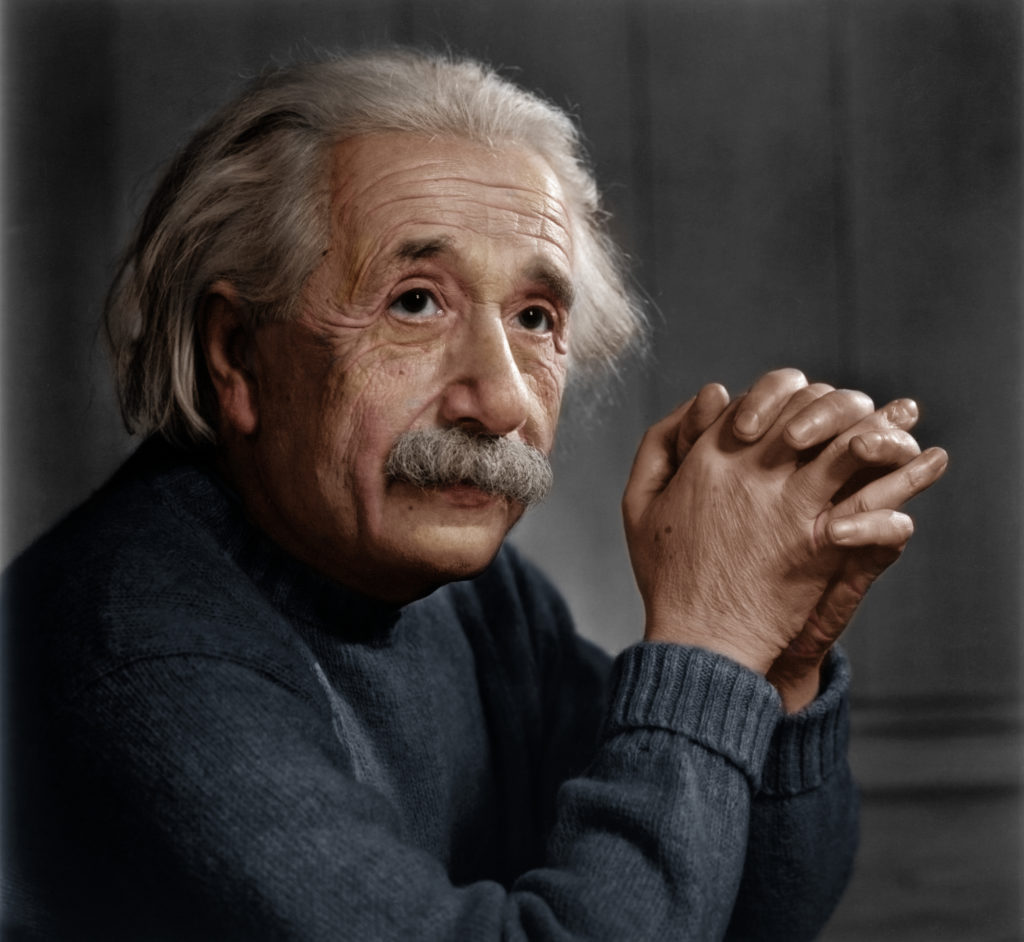
The Unseen Engines: Unpacking the Physical Prowess of Football’s Most Dominant Athletes
Football, often dubbed "the beautiful game," captivates billions with its artistry, tactical intricacies, and moments of breathtaking skill. Yet, beneath the dazzling dribbles and pinpoint passes lies a fundamental, often understated, truth: elite football is an intensely physical sport. Modern football demands athletes who are not just technically gifted but also physically extraordinary. They are the engines of their teams, capable of covering immense distances, winning brutal duels, resisting relentless pressure, and performing at peak intensity for 90 minutes and beyond.
This article delves into the fascinating world of football’s most physical players, exploring the multifaceted nature of their dominance, the rigorous training that forges their bodies, and the undeniable impact they have on the game. We’ll uncover the "facts" behind their physical prowess, looking beyond mere muscle to understand the blend of strength, endurance, speed, agility, resilience, and mental fortitude that sets them apart.
The Evolution of Physicality in Football
Decades ago, while strength and stamina were certainly assets, the game was slower, less structured, and allowed for more individual flair with less defensive pressure. Players like George Best or Pelé were immensely talented, but the sheer physical demands were different. The modern era, however, has transformed football into a high-octane, high-pressing spectacle. The introduction of sports science, advanced analytics, and sophisticated training methodologies has created a new breed of footballer – a complete athlete.
Today’s top-tier players are expected to be multi-dimensional: quick over short distances, capable of sustained sprints, strong enough to hold off defenders, agile enough to change direction instantly, and resilient enough to withstand tackles and bounce back from injuries. This evolution means that raw talent alone is rarely enough; it must be coupled with an unparalleled physical foundation.
Pillars of Physical Dominance: More Than Just Muscle
When we speak of "physical footballers," it’s crucial to understand that this isn’t a monolithic trait. It’s a complex interplay of several key attributes:
- Strength & Power: This is perhaps the most visible aspect. It translates into winning aerial duels, shielding the ball effectively, holding off challenges, powerful shots, and explosive jumps. Think of central defenders shrugging off attackers or target men pinning opponents.
- Endurance & Stamina: The ability to maintain high-intensity performance throughout a match, covering vast distances, making repeated sprints, and pressing opponents relentlessly without fatigue. Box-to-box midfielders are prime examples of endurance athletes.
- Speed & Agility: Explosive acceleration, top-end speed, and the capacity to change direction rapidly are vital for breaking away from defenders, tracking back, or weaving through congested areas. This isn’t just about straight-line speed but also the quickness of thought and reaction.
- Resilience & Durability: The physical robustness to withstand repeated impacts, recover quickly from minor knocks, and minimize the risk of serious injuries. This is often a testament to superior conditioning, recovery protocols, and perhaps, a touch of genetic good fortune.
- Mental Fortitude: While not strictly physical, mental toughness is intrinsically linked to physical performance. It’s the drive to push through pain barriers, maintain focus under extreme fatigue, and recover mentally from setbacks, all of which directly impact physical output.
The Forging Ground: Training Regimens of Footballing Titans
The extraordinary physicality of these players is not accidental; it is the product of meticulously planned, intense, and personalized training regimens that extend far beyond the pitch.
- Gym Work: Modern footballers spend significant time in the gym. This includes strength training (lifting heavy weights for compound movements like squats and deadlifts), power training (plyometrics, box jumps, sprints with resistance), and core stability exercises. The goal is not just bulk but functional strength that translates directly to on-field movements.
- Nutrition: Diet is paramount. These athletes adhere to strict nutritional plans, meticulously calibrated to fuel their intense workouts, aid recovery, and maintain optimal body composition. High protein for muscle repair, complex carbohydrates for sustained energy, and healthy fats are staples. Hydration is also a constant focus.
- Recovery: As vital as training, recovery protocols are highly advanced. This includes cryotherapy, ice baths, massage, foam rolling, active recovery sessions, and crucially, adequate sleep. Professional clubs invest heavily in sleep monitoring and optimization to ensure players are fully regenerated.
- Tactical Periodization: Training isn’t just generic fitness; it’s tailored to the specific demands of their position and the team’s tactical system. High-intensity interval training (HIIT) mimics game scenarios, while drills focus on specific movements required in matches.
Iconic Figures: Facts Behind Their Physical Dominance
Let’s examine some of the most prominent examples of physically dominant footballers, dissecting the "facts" of their prowess:
-
Nemanja Vidic / Sergio Ramos (Defensive Titans): These center-backs embodied sheer defensive physicality. Vidic, with his unyielding strength, often outmuscled even the strongest strikers, winning almost every aerial duel and delivering bone-crunching tackles. His resilience allowed him to play through pain. Ramos, similarly, combined immense strength with surprising agility and a relentless competitive spirit. His ability to leap and score crucial headers, often against the run of play, showcased his explosive power and remarkable hang time. They were facts of nature at the back, demanding respect through their sheer physical presence.
-
Patrick Vieira / Roy Keane (Midfield Engines): These two legendary midfielders were the epitome of box-to-box physicality. Vieira, with his long strides and towering frame, covered immense ground, dominating the midfield both defensively and offensively. He could surge forward with the ball, shrugging off challenges, and then track back to make a crucial tackle. Keane, though smaller, compensated with incredible stamina, a ferocious competitive drive, and surprising upper-body strength that allowed him to win countless midfield battles. Their physicality wasn’t just about winning the ball; it was about setting the tempo, intimidating opponents, and ensuring their teams never backed down.
-
Cristiano Ronaldo (The Apex Predator of Longevity): Perhaps the most striking example of physical transformation and dedication. Early in his career, Ronaldo was a scrawny winger. Through relentless gym work, a monastic diet, and a deep understanding of his body, he sculpted himself into a physical marvel. Facts: He reportedly maintained a body fat percentage of around 7% (elite athletes often range 10-12%) and muscle mass around 50% (average is 30-35%). His explosive power, incredible leap (often exceeding NBA players’ vertical jump for headers), and sustained top speed into his late 30s are direct results of this unparalleled physical regimen. His ability to perform at the highest level for over two decades is a testament to his physical discipline.
-
Adama Traoré (Raw Power & Explosiveness): A unique case study in raw, functional strength. Traoré is built like a rugby player, but his muscle mass doesn’t impede his blistering speed and agility. Facts: He famously doesn’t lift heavy weights in the traditional sense, focusing instead on explosive, plyometric movements and resistance band training. His low body fat and dense muscle allow him to shrug off defenders as if they’re not there, often using his arms to create separation without fouling. His pace combined with this brute strength makes him a nightmare for full-backs.
-
Didier Drogba / Romelu Lukaku (The Unmovable Target Men): These strikers are defined by their ability to hold up the ball, engage in physical duels, and create space for teammates. Drogba was renowned for his incredible upper body strength, allowing him to dominate defenders, win long balls, and score powerful goals. Lukaku possesses a similar blend of raw power and surprising speed for his size, often outmuscling defenders before bursting away from them. Their physical attributes are central to their team’s attacking strategies, offering a focal point against which defenses must constantly contend.
-
Erling Haaland (The Modern Blend of Speed and Power): Haaland represents the pinnacle of modern footballing physicality. Standing at 6’4", he combines the raw strength of a traditional target man with the blistering speed of a winger. Facts: His sprint speed has been clocked at over 36 km/h, making him one of the fastest players in the world, despite his size. This unique blend allows him to bully defenders, hold the ball up, and then burst past them with ease. His relentless pressing and boundless energy also highlight exceptional endurance for a player of his stature.
The Unseen Impact: Beyond Individual Dominance
The influence of these physical titans extends beyond their individual performances.
- Tactical Advantage: A team with physically dominant players can employ high-pressing tactics more effectively, win more second balls, and dictate the tempo of the game. They create space and opportunities for their more technically gifted teammates.
- Intimidation Factor: Opponents often know they are in for a brutal battle when facing these players. This psychological edge can lead to mistakes or a reluctance to engage in duels.
- Setting Standards: Their dedication to physical excellence often inspires teammates to elevate their own conditioning.
- Injury Prevention: Ironically, a robust physical foundation, coupled with proper recovery, can also make players more resistant to injuries, allowing for greater consistency and longevity.
The Future of Physicality in Football
The trajectory of football suggests that the physical demands will only continue to intensify. Data analytics will further refine training programs, personalized nutrition will become even more precise, and advancements in sports science will push the boundaries of human performance. The future of football will likely see even more complete athletes, blending technical mastery with unparalleled physical attributes, forged in the crucible of scientific rigor and unwavering dedication.
Conclusion
The beautiful game, at its heart, is a testament to human athleticism. While skill and tactical acumen capture the headlines, the underlying physical prowess of its most dominant players is the engine that drives success. From the unyielding strength of a central defender to the boundless energy of a box-to-box midfielder and the explosive power of a modern striker, these athletes embody the relentless evolution of the sport. Their rigorous training, meticulous diets, and unwavering mental fortitude are the "facts" behind their physical excellence, making them the unseen, yet utterly essential, backbone of football’s greatest teams. They are not just players; they are finely tuned machines, pushing the limits of what the human body can achieve on the pitch.



